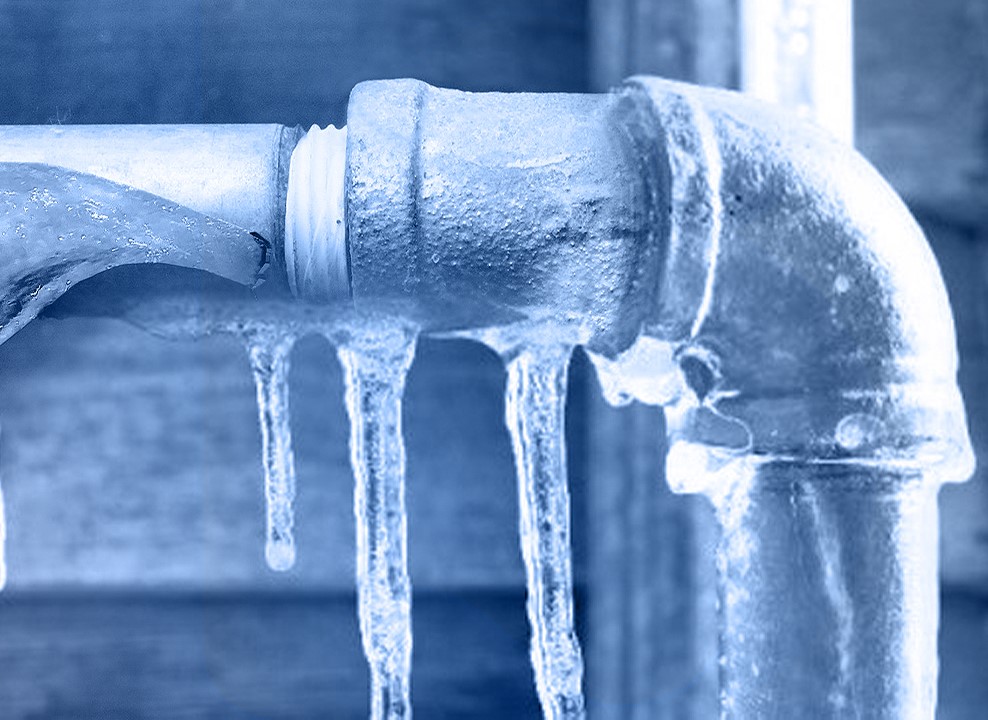Safeguarding Your Pipes from Freezing Damage: Key Approaches
Safeguarding Your Pipes from Freezing Damage: Key Approaches
Blog Article
How do you actually feel on the subject of Winter Plumbing Precautions: Preventing Frozen Pipes?

Cold weather can wreak havoc on your plumbing, particularly by freezing pipelines. Below's exactly how to stop it from occurring and what to do if it does.
Introduction
As temperatures drop, the risk of frozen pipelines boosts, possibly causing expensive repair services and water damage. Understanding just how to avoid frozen pipes is vital for house owners in cool climates.
Comprehending Frozen Pipes
What triggers pipelines to ice up?
Pipelines ice up when exposed to temperatures below 32 ° F (0 ° C) for expanded periods. As water inside the pipes freezes, it broadens, taxing the pipeline walls and potentially triggering them to rupture.
Dangers and problems
Frozen pipelines can bring about water supply disruptions, residential property damages, and costly repair services. Ruptured pipelines can flood homes and cause extensive architectural damage.
Indicators of Frozen Water Lines
Identifying icy pipes early can avoid them from breaking.
How to recognize icy pipes
Seek decreased water circulation from faucets, uncommon odors or noises from pipes, and noticeable frost on revealed pipes.
Avoidance Tips
Protecting prone pipes
Wrap pipelines in insulation sleeves or make use of warmth tape to safeguard them from freezing temperature levels. Focus on pipelines in unheated or external areas of the home.
Home heating techniques
Maintain interior areas sufficiently heated, especially locations with pipes. Open up closet doors to allow warm air to distribute around pipelines under sinks.
Protecting Outdoor Plumbing
Yard hose pipes and outdoor faucets
Separate and drain garden tubes prior to winter season. Install frost-proof faucets or cover outside faucets with shielded caps.
What to Do If Your Pipelines Freeze
Immediate actions to take
If you presume icy pipelines, keep taps open up to soothe pressure as the ice thaws. Make use of a hairdryer or towels soaked in warm water to thaw pipelines gradually.
Long-Term Solutions
Structural adjustments
Consider rerouting pipelines away from exterior walls or unheated locations. Add additional insulation to attic rooms, cellars, and crawl spaces.
Upgrading insulation
Purchase high-quality insulation for pipes, attics, and wall surfaces. Appropriate insulation aids maintain consistent temperatures and minimizes the risk of icy pipelines.
Conclusion
Stopping icy pipelines calls for aggressive steps and fast feedbacks. By comprehending the reasons, indicators, and safety nets, homeowners can protect their pipes throughout winter.
5 Ways to Prevent Frozen Pipes
Drain Outdoor Faucets and Disconnect Hoses
First, close the shut-off valve that controls the flow of water in the pipe to your outdoor faucet. Then, head outside to disconnect and drain your hose and open the outdoor faucet to allow the water to completely drain out of the line. Turn off the faucet when done. Finally, head back to the shut-off valve and drain the remaining water inside the pipe into a bucket or container. Additionally, if you have a home irrigation system, you should consider hiring an expert to clear the system of water each year.
Insulate Pipes
One of the best and most cost-effective methods for preventing frozen water pipes is to wrap your pipes with insulation. This is especially important for areas in your home that aren’t exposed to heat, such as an attic. We suggest using foam sleeves, which can typically be found at your local hardware store.
Keep Heat Running at 65
Your pipes are located inside your walls, and the temperature there is much colder than the rest of the house. To prevent your pipes from freezing, The Insurance Information Institute suggests that you keep your home heated to at least 65 degrees, even when traveling. You may want to invest in smart devices that can keep an eye on the temperature in your home while you’re away.
Leave Water Dripping
Moving water — even a small trickle — can prevent ice from forming inside your pipes. When freezing temps are imminent, start a drip of water from all faucets that serve exposed pipes. Leaving a few faucets running will also help relieve pressure inside the pipes and help prevent a rupture if the water inside freezes.
Open Cupboard Doors
Warm your kitchen and bathroom pipes by opening cupboards and vanities. You should also leave your interior doors ajar to help warm air circulate evenly throughout your home.

Hopefully you enjoyed reading our post on How to Prevent Your Pipes From Freezing. Many thanks for taking a few minutes to browse our posting. Enjoyed our write-up? Please share it. Let other people locate it. Thanks so much for taking the time to read it.
Contact Us Now Report this page